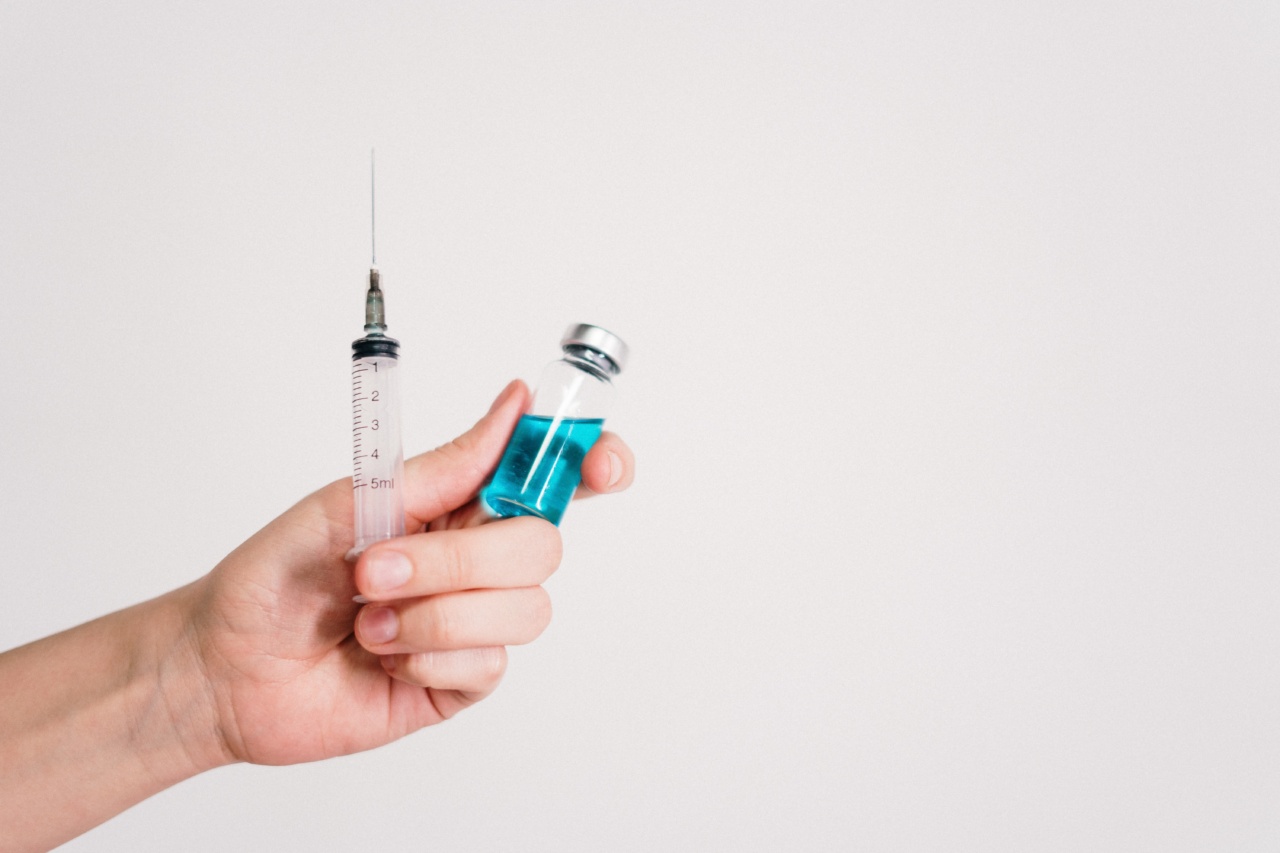Dry eye is a common condition that occurs when your eyes do not produce enough tears or when the tears evaporate too quickly. It leads to eye discomfort, a gritty sensation, redness, and even blurry vision.
While it can be bothersome, there are ways to cope with dry eye through prevention and treatment. This article will explore various strategies to help relieve and manage this condition.
Symptoms of Dry Eye
Before we delve into prevention and treatment, it’s important to recognize the symptoms of dry eye. Some common signs include:.
- Itchy or gritty sensation in the eyes
- Burning or stinging sensation
- Redness in the eyes
- Watery eyes (paradoxical response to dryness)
- Sensitivity to light
- Blurred vision or fluctuations in vision
- Eye fatigue
- Difficulty wearing contact lenses
Prevention Tips for Dry Eye
While it’s not always possible to prevent dry eye completely, following these tips can minimize the occurrence and severity of symptoms:.
1. Blink Regularly
Blinking helps spread tears across the eyes, ensuring they stay moist. Make a conscious effort to blink regularly, especially when reading, using digital devices, or performing other visually demanding tasks.
2. Take Breaks from Screens
Extended screen time can lead to dry eye. Follow the 20-20-20 rule: every 20 minutes, look away from the screen and focus on something 20 feet away for at least 20 seconds.
3. Adjust Your Environment
Keep air vents from blowing directly towards your face, as it can contribute to the evaporation of tears. Use a humidifier to add moisture to the air, especially during dry seasons or in air-conditioned rooms.
4. Wear Protective Eyewear
When outdoors, particularly in windy or dusty conditions, wear wraparound sunglasses to shield your eyes from the elements and reduce tear evaporation.
5. Avoid Smoke and Irritants
Avoid exposure to smoke, harsh chemicals, and other irritants that can worsen dry eye symptoms. If necessary, use eye drops recommended by your eye care professional to alleviate discomfort.
6. Stay Hydrated
Drinking enough water helps keep your body properly hydrated, including your eyes. Stay hydrated throughout the day to maintain optimal tear production.
Treatment Options for Dry Eye
If you’re experiencing persistent dry eye symptoms, it’s essential to consult an eye care professional for evaluation and appropriate treatment. Here are some common treatment options:.
1. Artificial Tears
Artificial tears, available over-the-counter, can help lubricate the eyes and provide relief from dryness. Use them as directed by your eye care professional.
2. Prescription Eye Drops
If artificial tears alone do not provide sufficient relief, your eye care professional may prescribe medicated eye drops to reduce inflammation and promote tear production.
3. Punctal Plugs
Punctal plugs are tiny devices inserted into the tear ducts to block the drainage of tears, helping to retain moisture on the eye surface.
4. Moisturizing Gels and Ointments
Thicker lubricating gels and ointments can provide lasting relief for those with more severe dry eye symptoms. However, they may cause temporary blurring of vision, so they are best used before bedtime.
5. Prescription Medications
In certain cases, medications such as anti-inflammatory drugs may be prescribed to reduce dry eye symptoms and promote tear production.
6. Lifestyle Modifications
Your eye care professional may recommend lifestyle changes to manage dry eye symptoms effectively. These may include dietary modifications, warm compresses, and eyelid massages.
When to See an Eye Care Professional
While the tips and treatments mentioned here can provide relief for mild to moderate dry eye, it’s crucial to seek professional help if:.
- The symptoms persist despite self-care measures
- The pain or discomfort becomes severe
- Vision is significantly affected
- There is discharge or crusting around the eyes
Visiting an eye care professional will help identify the underlying cause of your dry eye and provide tailored treatment options to alleviate the condition.


























